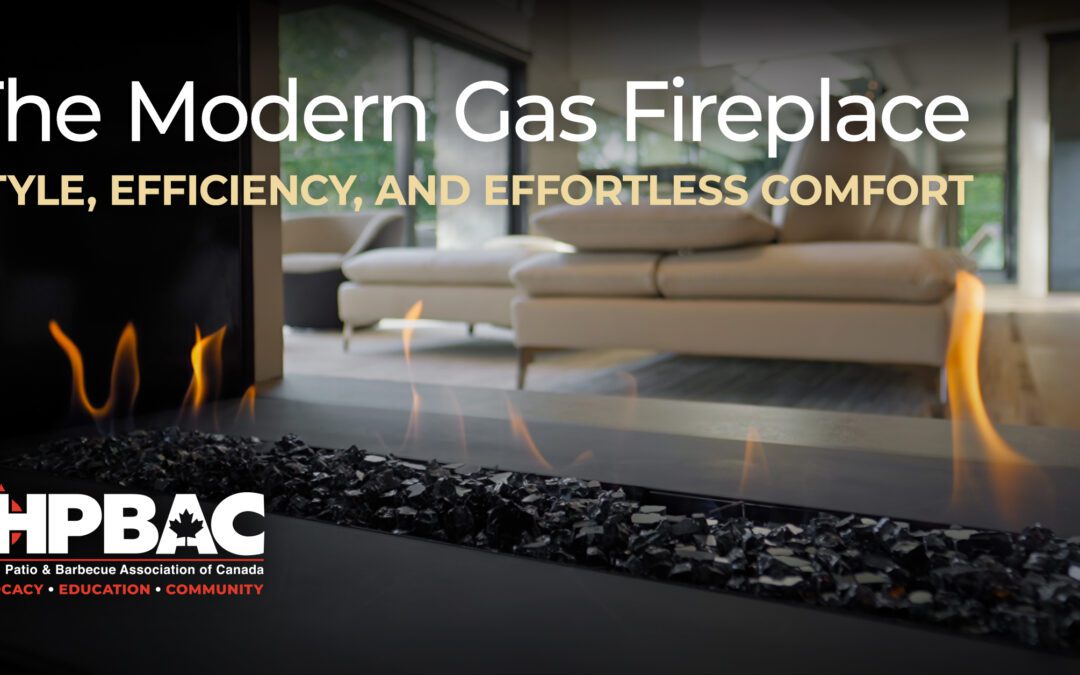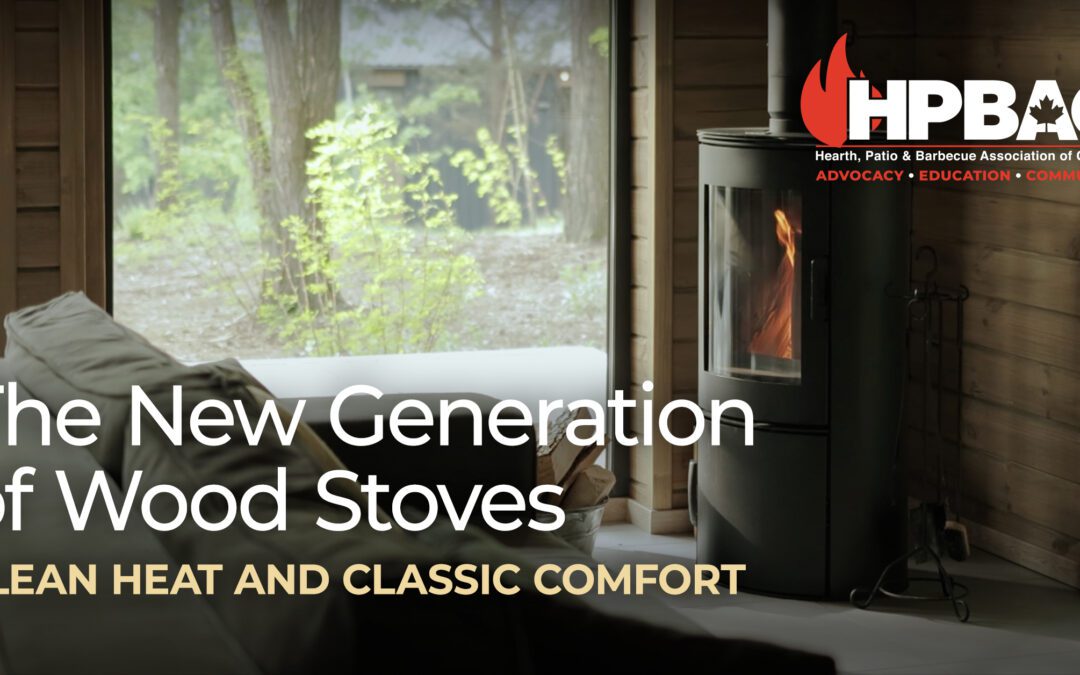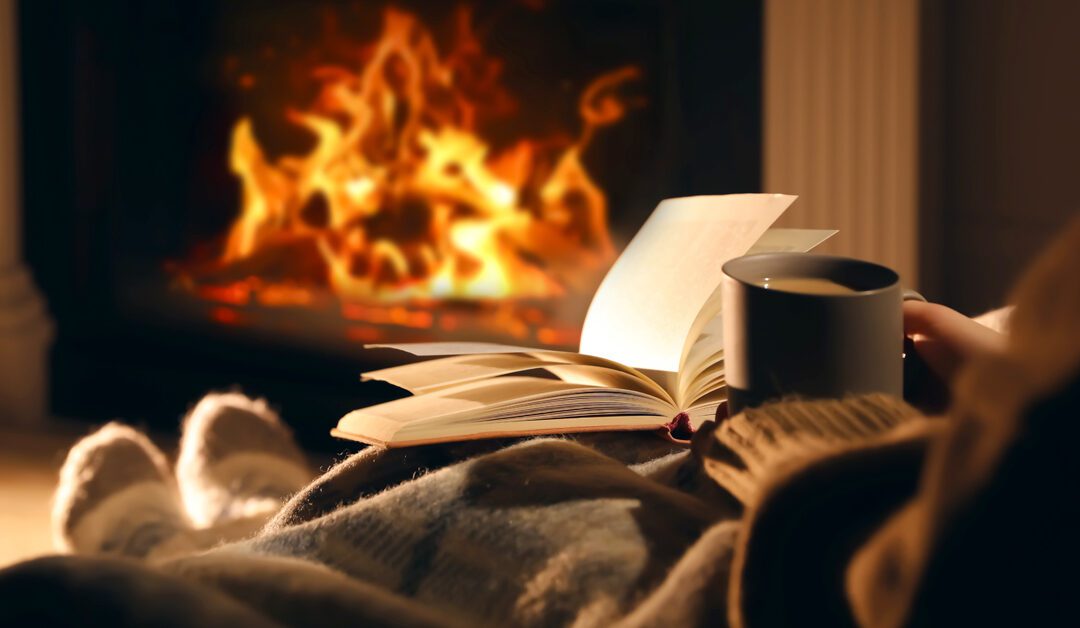
The Modern Gas Fireplace: Style, Efficiency, and Effortless Comfort
Gone are the days when gas fireplaces were simple metal boxes with a faint orange glow. Today’s models offer sleek design, high performance, and effortless comfort – all at the touch of a button. Behind that innovation is a strong North American industry that has remained committed to local manufacturing, delivering superior craftsmanship and supporting Canadian communities.
What Sets Modern Gas Fireplaces Apart
Advances in burner technology, flame presentation, and heat control have transformed the experience. Today’s models deliver the beauty of a real flame with consistent, controllable heat and modern convenience.
Key Advantages of Modern Gas Fireplaces:
- High Efficiency:
Many models achieve tested efficiencies of 70–85%, keeping more heat inside your home instead of sending it up the vent. - Zone Heating:
Warm only the rooms you use most, reducing overall energy consumption and utility costs. - Reliable in Outages:
Many models continue to provide heat during a power outage, offering dependable comfort when you need it most. - Built to Last:
With regular professional maintenance and proper operation, a quality gas fireplace can provide decades of reliable, efficient heat. - Design Flexibility:
Frameless, see-through, corner, and linear models integrate seamlessly into both classic and contemporary interiors. Realistic ceramic logs, stones, or glass media complete the look. - Smart Control:
Wi-Fi connectivity, programmable thermostats, and voice assistant compatibility make operation simple and intuitive.
Built for Comfort and Performance
Modern gas fireplaces are engineered for consistent, dependable performance and safe operation. Direct vent technology has largely replaced older B-vent systems, using a sealed combustion design that improves energy performance and protects indoor air quality. Many models are certified to meet or exceed current standards in Canada, offering peace of mind alongside warmth and style.
Where to Install a Modern Gas Fireplace
Gas fireplaces can be installed in far more places than traditional units. With direct venting through an exterior wall, homeowners can enjoy their warmth and glow in:
- Open-concept living areas
- Primary bedrooms and bathrooms
- Finished basements or dens
- Condos and smaller spaces where venting flexibility is key
Some designs even serve as elegant room dividers or architectural focal points.
Whether you’re creating a cozy retreat or a striking centerpiece, a modern gas fireplace offers the perfect blend of comfort, design, and technology. Easy to operate and built for today’s homes, it’s a stylish way to enhance any space.
Discover the warmth and style of modern gas fireplaces – visit your local hearth dealer today.







